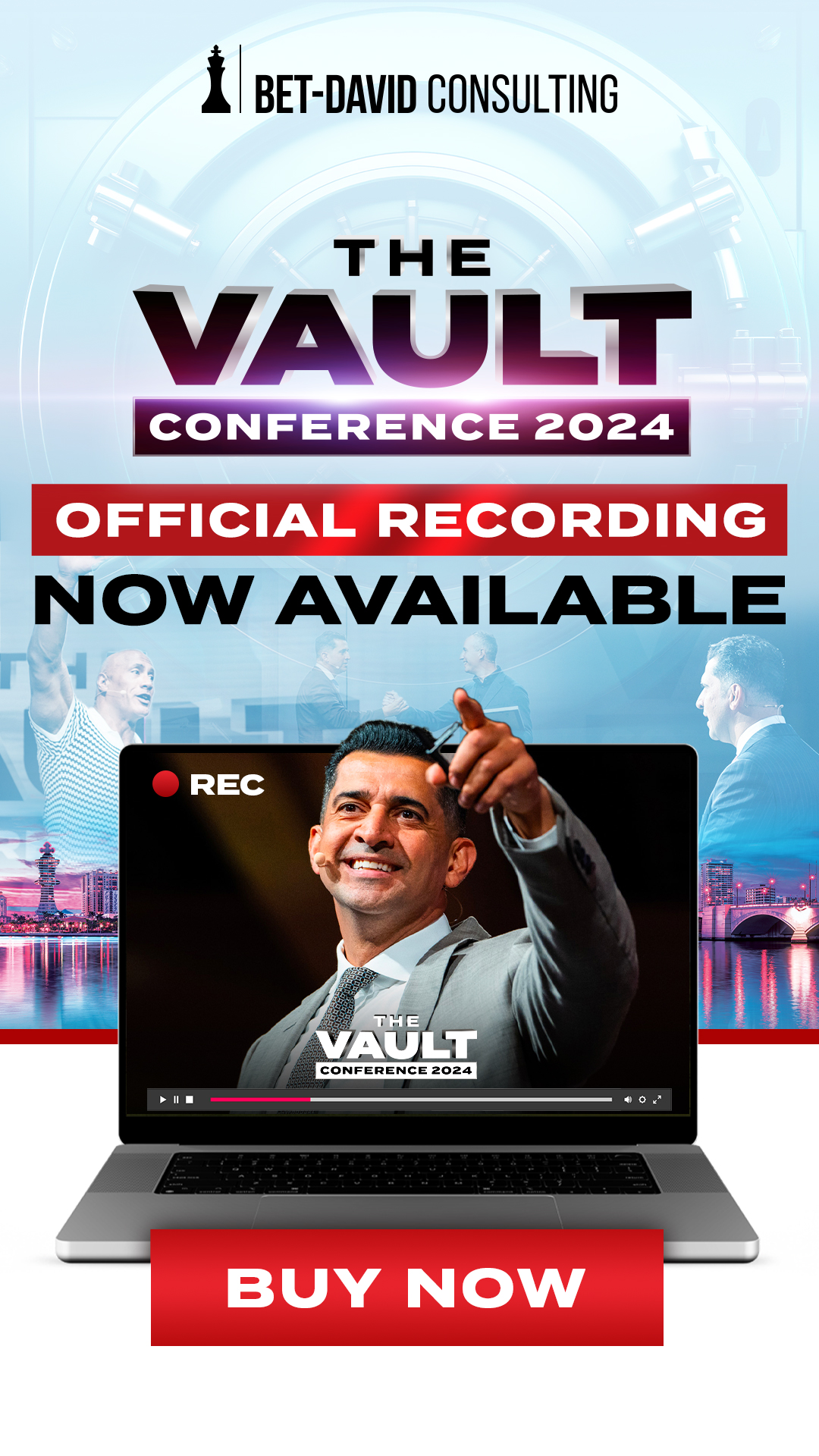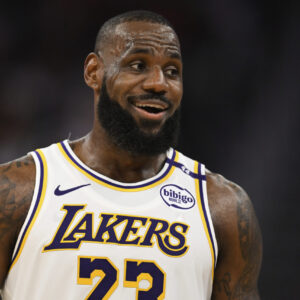How big of a deal was the collapse of Silicon Valley Bank on Friday? Well, when the feds took control of the bank, it left tech startups and other businesses that you’ve heard of scrambling. The deposits companies had at the bank were not available, which meant they had to quickly line up different ways to cover payroll and pay for other expenses.
This is a code red for some businesses which had all or most of their funds in this 40-year-old bank — some companies might not survive this crisis. A few of the bigger named brands affected are Roku, Roblox, Circle, and others, who had millions in the bank when it crashed.
This is the second-largest bank failure in U.S. history, and it went down with lightning speed on Friday morning. Here’s what led to it; After word got out that Moody’s was downgrading the bank’s credit rating, the bank sold assets at nearly a $2 billion loss on Wednesday. That freaked out investors and customers with deposits in the bank. The stock price went into the toilet, plummeting 60% on Thursday, and the trickle-down effect included VC funds telling their portfolio companies to yank their deposits as fast as they could.
If you peel back the onion, you can see a hint of history repeating itself. Silicon Valley Bank was vulnerable because they put a higher than usual share of funds in bonds and mortgage-backed securities.
There is $175 billion at stake here. When a bank fails, the FDIC comes in and takes over. Each bank customer is guaranteed to receive up to $250k per account — but many companies had tens of millions in their accounts. They will have to wait for the sale of the bank’s assets to see if they can get more.
Some companies are in jeopardy of collapsing. Kudos to Camp, a store that offered a promo code Friday for 40% off. It was called “bankrun.”


















Add comment